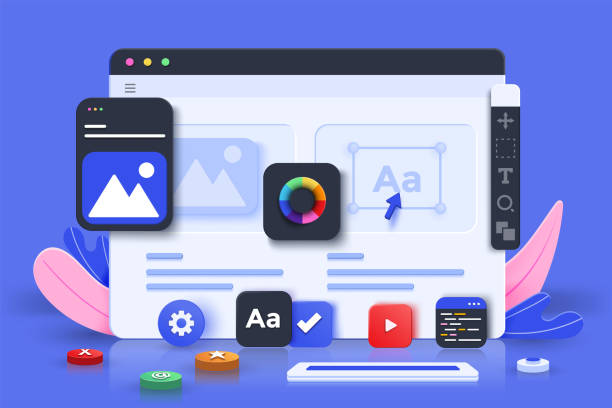In today’s digital world, having a strong online presence is essential for individuals and businesses alike. Building a website from scratch allows you to customize your online presence and create a unique platform to showcase your content or services. In this guide, we will explore the basics of web development to help you get started with building your own website.

1. Planning Your Website:
a. Define your goals: Determine the purpose of your website. Is it for personal blogging, e-commerce, portfolio showcasing, or business promotion? Clearly define your objectives and target audience.
b. Identify website requirements: Consider the features and functionality you want your website to have, such as a blog, contact form, image gallery, or e-commerce capabilities.
c. Design and layout: Sketch out a rough design and layout for your website, including the navigation structure, content sections, and overall aesthetics.
2. Domain and Hosting:
a. Choose a domain name: Select a unique and memorable domain name that reflects your brand or website content. Ensure it is easy to spell and relevant to your niche.
b. Web hosting: Select a reliable web hosting provider that offers suitable hosting plans based on your website’s requirements. Consider factors such as storage, bandwidth, security features, and customer support.
3. HTML and CSS:
a. HTML (Hypertext Markup Language): HTML is the standard markup language for creating web pages. It defines the structure and content of your website using tags and elements.
b. CSS (Cascading Style Sheets): CSS is used to define the visual appearance and layout of your web pages. It allows you to customize fonts, colors, spacing, and other visual elements.
4. Building the Website:
a. Content creation: Start by creating engaging and relevant content for your web pages. This includes text, images, videos, and other media that align with your website’s objectives.
b. HTML structure: Use HTML to create the structure of your web pages. This involves organizing your content into sections, headings, paragraphs, lists, and adding hyperlinks.
c. CSS styling: Apply CSS styles to customize the visual appearance of your web pages. This includes defining fonts, colors, backgrounds, margins, padding, and creating responsive layouts.
d. Responsive design: Ensure your website is responsive, meaning it adapts to different screen sizes and devices. Use CSS media queries and flexible layouts to optimize the user experience across desktop, tablet, and mobile devices.
5. JavaScript and Interactivity:
a. JavaScript: JavaScript is a programming language used to add interactivity and dynamic functionality to your website. It enables you to create interactive forms, sliders, image galleries, and other user-friendly features.
b. Libraries and frameworks: Explore popular JavaScript libraries and frameworks such as jQuery, React, or Vue.js to simplify development and enhance functionality.
6. Testing and Deployment:
a. Cross-browser compatibility: Test your website on different web browsers (e.g., Chrome, Firefox, Safari, and Edge) to ensure consistent performance and appearance.
b. Debugging and optimization: Use browser developer tools to debug and fix any issues or errors in your website’s code. Optimize your code and assets (images, scripts, stylesheets) for faster loading times.
c. Deployment: Upload your website files to your web hosting server using FTP (File Transfer Protocol) or through a web-based control panel provided by your hosting provider.
7. Maintenance and Updates:
a. Regular backups: Perform regular backups of your website files and database to protect against data loss.
b. Content updates: Keep your website fresh and engaging by regularly updating content, adding new features, and addressing user feedback.
c. Security measures: Implement security measures such as using SSL certificates, updating software and plugins, and regularly monitoring for security vulnerabilities
.
Conclusion:
Building a website from scratch requires planning, understanding HTML and CSS, incorporating interactivity with JavaScript, and testing and deploying your website. Embrace the learning process, continuously improve your skills, and stay updated with the latest web development trends and techniques. With dedication and practice, you can create a functional, visually appealing, and user-friendly website that represents your unique online presence.